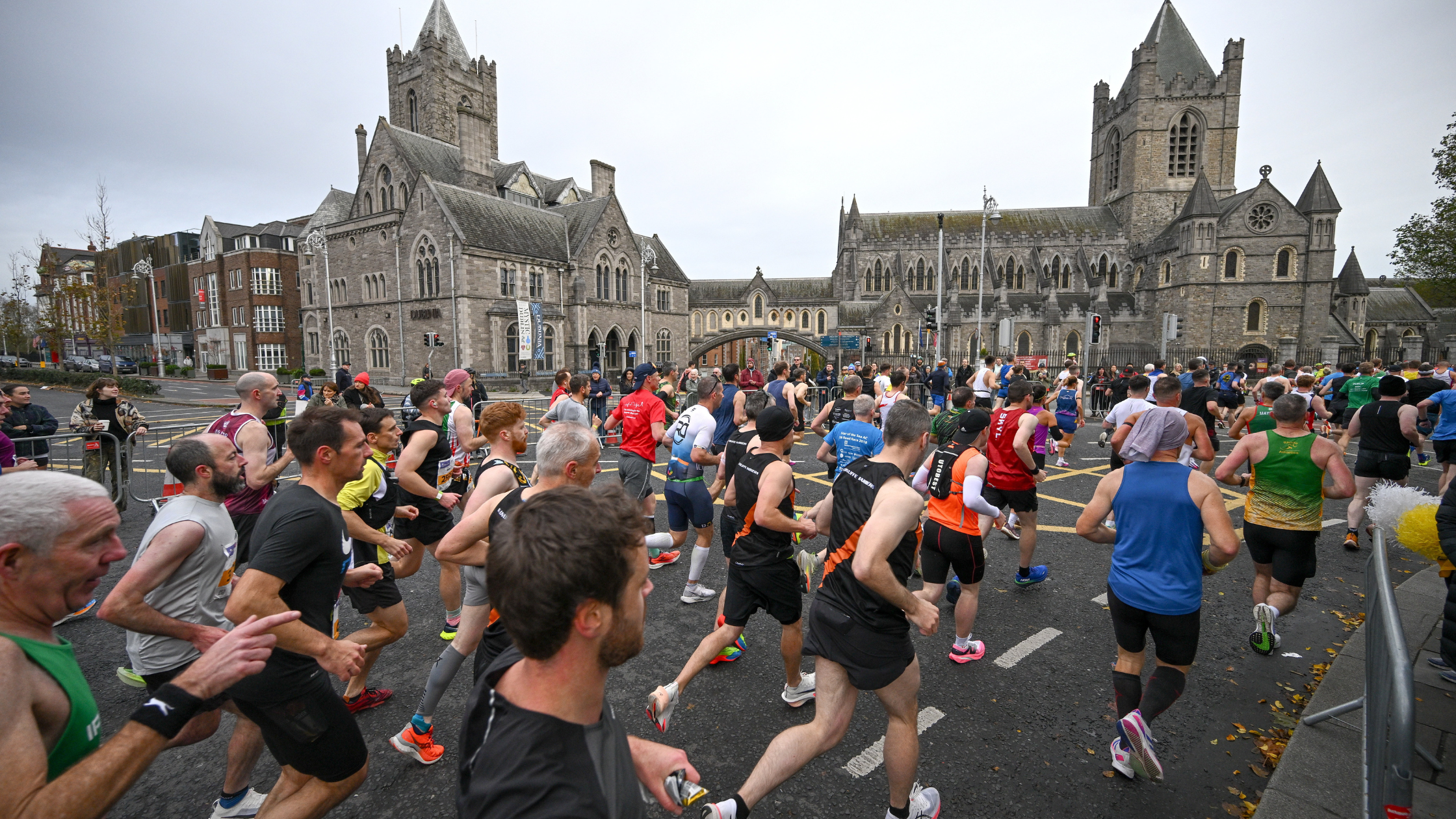Want to train yourself to run faster? Intervals are hard but these example sessions could be just what you need to run better times.
If you really want to improve your running speed then interval training is the key. Whether focusing on short sprints or longer repetitions, interval running will seriously improve your running times.
Running interval sessions will make you faster
Interval running is the single best form of running activity you can do. A runner who always runs at a steady pace will only ever be good at running steadily. By steady running you improve your endurance capacity, tone-up and often lose weight, but you don’t get faster .
The key to improving your speed is to run at speeds faster than you would race at.
The key to improving your speed is to run at speeds faster than you would race at. However, you can only run at these speeds for small periods of time. This is why you should break up the distance in which you intend running at the faster pace.
For example, if you normally go for a steady 5 mile (approx. 8km) run you could change it to 5 lots of 1 mile efforts, running the 1 mile at a significantly faster pace than you would if you were running the whole 5 miles in one go. The important thing about interval running is to pick the pace up and force yourself to increase the leg speed. Then you will need to recover, as you won’t be able to keep it up for too long.
The recovery period will vary depending on your fitness level and what type of interval session you are running. Naturally, most beginners will need a lot more recovery than seasoned runners and the longer the interval run, the longer the recovery period will have to be.
All the energy pathways should be involved in interval training, making it very similar to the race situation:
- Short sprints with long recovery involve the pure sprint system.
- Longer repetitions, which are run quickly with a short recovery, involve the lactate system (burning legs syndrome).
- Consistent steady running, strides and recovery stages, involve the oxygen system (you can talk during these sections).
Interval sessions do not need to be run flat out all the time. You should aim for one structured interval workout a week and one unstructured one. The structured one will be set in advance with set intervals to run and set recovery times. The unstructured one can be decided on the day depending on where you are running (on or off road , or on hilly terrain.)
Interval training example sessions
Below are a few interval sessions you can have a go at — aimed at beginner, intermediate, and advanced runner. Remember, interval sessions normally make you work a lot harder than just steady running so take this into account and start on a lower grade for the first few attempts. Remember to warm-up for at least 10 minutes before the interval session and cool-down for the same amount of time after the running session.
Beginner runner interval session
10 x 1 minute with 3 minutes walk recovery.
5 x 2 minutes with 2 minutes walk recovery.
3 minutes, then 2 minutes, then 1 minute, with 3 minutes walk recovery between repetitions. Do this three times with 5 minutes between sets.
3 x 5 minutes with 4 minutes walk recovery.
10 x 45 seconds uphill running with a walk back down recovery.
Intermediate runner interval session
12 x 1 minute with 90 seconds recovery.
6 to 8 x 2 minutes with 60 seconds recovery.
4 x (3 minute/2 minute/1 minute) with 2 minutes and 1 minute recovery between repetitions and 3 minutes recovery between sets.
5 x 5 minutes with 2 minutes recovery.
10 to 15 x 60 seconds uphill running with a jog back down as your recovery.
Advanced runner interval session
15 x 1 minute with 60 seconds recovery.
10 x 2 minutes with 60 seconds recovery.
5 x (5 minutes/4 minutes /3 minutes/2 minutes/1 minutes) with 4 minutes/3 minutes/2 minutes/1 minute recovery between repetitions and 3 minutes recovery between sets.
5 to 8 x 5 minutes with 90 seconds recovery.
15 to 20 x 60 seconds uphill running with a brisk jog back down as your recovery.














